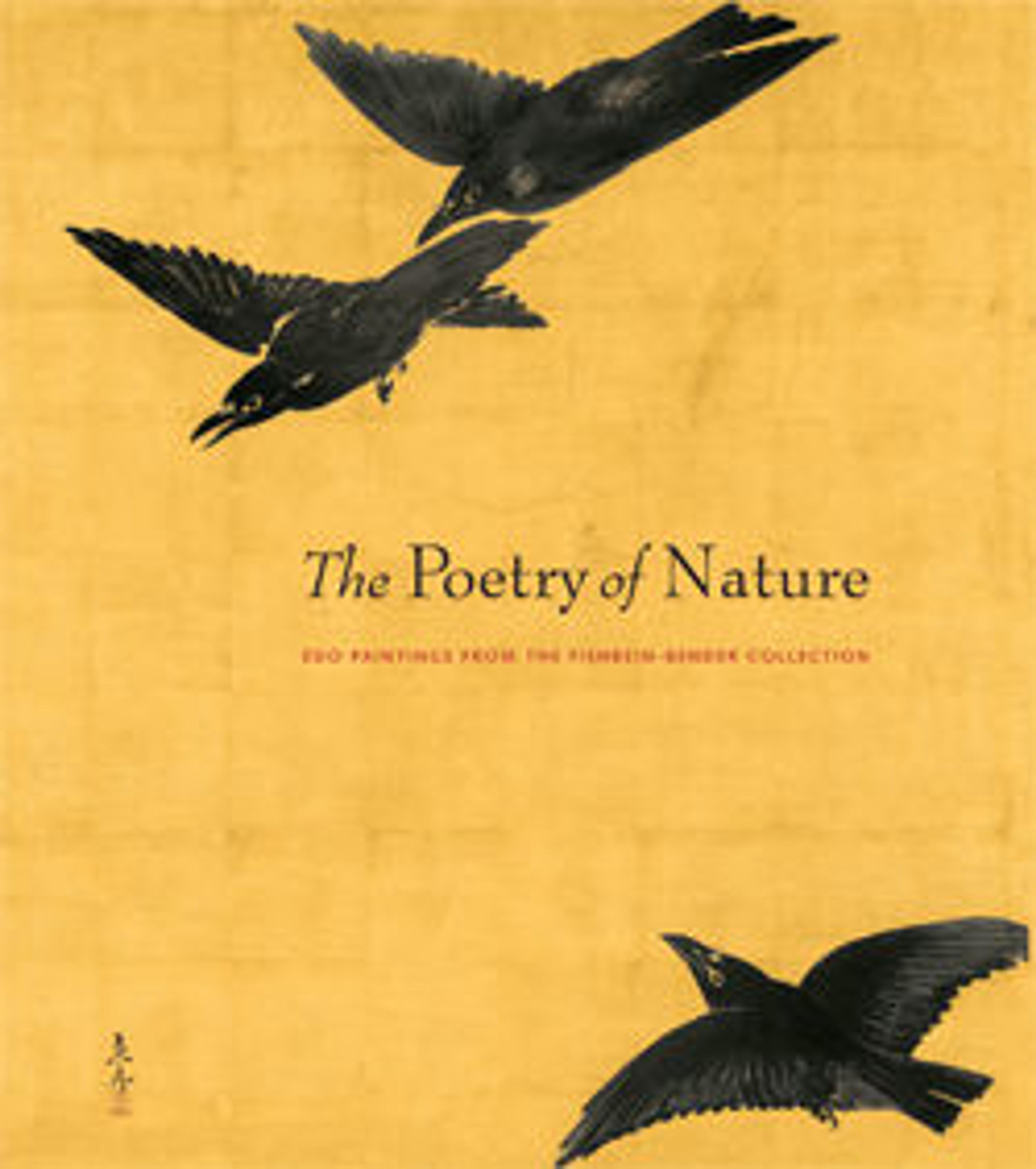Travels through Mountains and Fields
Despite the grand scale of a landscape dominated by mountains, lakes, and mist, the eye is drawn to the figures in this pair of folding screens. In the lower right corner of the right screen, an old scholar and his servant make their way toward a small village, where a friend awaits. Leaving the village, they follow a path through rice fields and alongside willows, crossing a bridge leading to the left screen. Although the season has changed, familiar figures appear: a scholar on a path and two others chatting in a thatched hut.
Along with Ike Taiga (1723–1776), Yosa Buson is one of the most celebrated Nanga artists. He was a renowned poet—especially of haiku—and a prolific painter. Essentially self-taught, he studied Chinese painting manuals and works of Chinese painters of the past, and developed his own style based on lyrical abstraction and the application of atmospheric ink and light color washes.
Along with Ike Taiga (1723–1776), Yosa Buson is one of the most celebrated Nanga artists. He was a renowned poet—especially of haiku—and a prolific painter. Essentially self-taught, he studied Chinese painting manuals and works of Chinese painters of the past, and developed his own style based on lyrical abstraction and the application of atmospheric ink and light color washes.
Artwork Details
- 与謝蕪村筆 山野行旅図屏風
- Title: Travels through Mountains and Fields
- Artist: Yosa Buson (Japanese, 1716–1783)
- Period: Edo period (1615–1868)
- Date: ca. 1765
- Culture: Japan
- Medium: Pair of six-panel folding screens; ink and color on silk
- Dimensions: Image (each): 62 1/2 in. × 11 ft. 9 3/4 in. (158.8 × 360 cm)
Overall (each): 63 7/8 in. × 11 ft. 11 1/16 in. (162.2 × 363.4 cm) - Classification: Paintings
- Credit Line: Mary Griggs Burke Collection, Gift of the Mary and Jackson Burke Foundation, 2015
- Object Number: 2015.300.157.1, .2
- Curatorial Department: Asian Art
More Artwork
Research Resources
The Met provides unparalleled resources for research and welcomes an international community of students and scholars. The Met's Open Access API is where creators and researchers can connect to the The Met collection. Open Access data and public domain images are available for unrestricted commercial and noncommercial use without permission or fee.
To request images under copyright and other restrictions, please use this Image Request form.
Feedback
We continue to research and examine historical and cultural context for objects in The Met collection. If you have comments or questions about this object record, please complete and submit this form. The Museum looks forward to receiving your comments.
